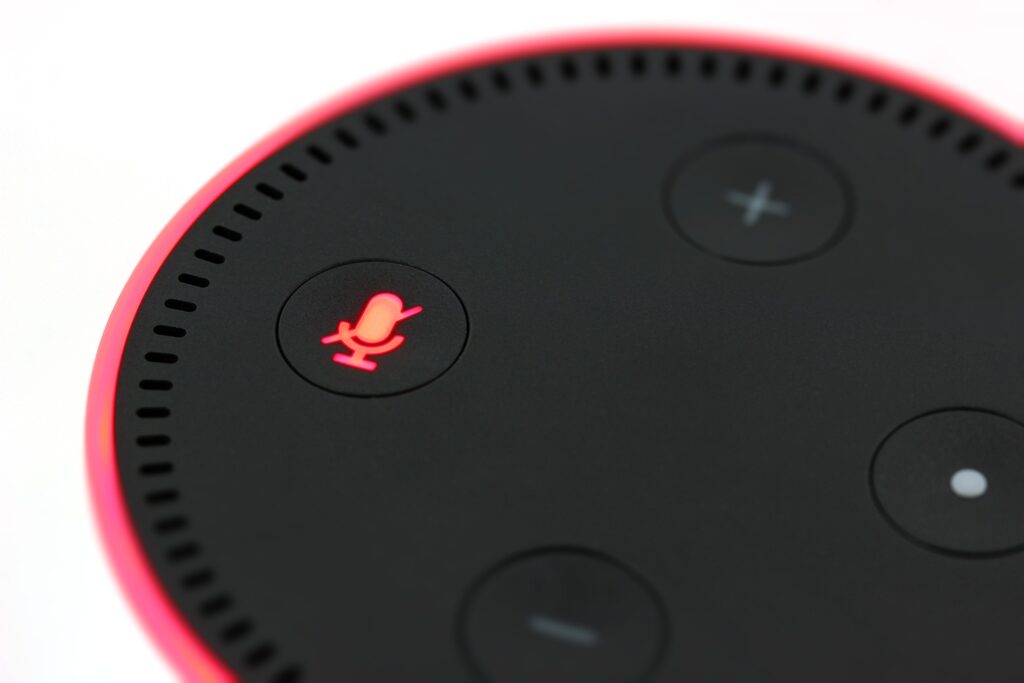By Stella Ryne
Marketing is constantly evolving to include new interesting platforms and methods. While large-scale marketing strategies might have previously been the sole domain of larger businesses, this isn’t necessarily the case nowadays. It’s now a lot easier for smaller businesses to utilize modern marketing trends and reach huge swathes of consumers.
When applied properly, marketing tactics on and offline can propel a business to new heights. Here are some trends that could come in handy for any 2020 marketing strategy.
Personalization
The way we view marketing has changed in the past few decades. It’s not just about reaching the largest possible audience anymore. There’s a different dimension to every new marketing campaign that needs to be considered: personalization.
Long gone are the days where you would simply guess what your target demographic wants and then run with the idea. Nowadays, you can get exact data about the preferences of consumers. This doesn’t just go for groups, either. You can know exactly what an individual wants and needs-based off of their previous visits to your website or their search history. The system has changed quite a bit, and data provides businesses with ample opportunities to focus their marketing efforts around individual wants.
Mobile and desktop devices save a whole bunch of data from their users. They record where they live, who they follow on social media, even when they’re awake. This information isn’t directly accessible by your business, but there are many systems in place that can allow you to better channel marketing efforts to help draw in consumers.
Acquire the relevant data, and you’ll be able to apply your marketing strategies in the most effective way possible.
Agile marketing
Delivering a working product is never simple. It’s especially difficult when you need to get several different teams with different goals on the same page. This is difficult enough when working in an industry that deals with tangible products, but what happens when you have to create a sound marketing strategy? It gets even more complicated. However, the good news is that there’s a lot of flexibility involved in today’s production, including the way we handle marketing.
Agile production is a concept that has helped countless teams handle large projects over the years. The way it works is pretty simple. You want your development teams to be able to create a marketing strategy out of many different elements. Some will work on the visual design of posters or integrated ads on websites, while others will focus on an email strategy that keeps consumers engaged and ready to purchase.
The way businesses previously handled this had quite a few flaws. Before the elements were combined into a singular marketing plan, you had very little use for them. Everything was designed with the overall plan in mind, giving the teams very little leeway in terms of creativity. This means that every mistake or deviation would take away not only from the overall project, but it would also take away from all the other elements. Take email marketing strategies as a good example. If your email marketing is not effective, utilizing social media to spread word of your email newsletters won’t do much either. The goal of agile marketing production is to change this for the better.
Agile strategies help adapt these elements in such a way that would benefit small businesses and allow for much more efficient work. Instead of trying to bring an enormous marketing strategy to life, you would break it down in smaller, more manageable pieces. Before implementing something in your marketing strategy, you would roll it out as a singular feature and note its effectiveness. At each stage of element implementation, you can check if tweaks or changes are required as you go. This way, you can rework your strategy and adapt as you go along.

Intelligent social media
In the past couple of years, social media has become a ubiquitous part of marketing for any and all businesses. It’s especially important for the marketing strategies of small businesses. Not only does it provide a platform that can reach anyone in the world within minutes, but it also levels the playing field.
Paying your way to good marketing will only get you so far. What you really need is an intelligent social media strategy and the advertising will do itself.
Social media provides businesses with infinite opportunities for their marketing. There are so many opportunities, that it seems almost overwhelming for a smaller business. It becomes difficult to decide where to channel your efforts and funding. Which platform is most effective at reaching your target demographic? Does this platform have a cost-effective channel for your marketing or would your efforts be better spent on another one? It’s unclear where exactly marketing would lead to maximum conversions. However, this doesn’t stop businesses from concentrating their efforts either way.
Businesses often go through customer avatar exercises to determine what social media their target demographics use. It’s important to take into account things like age range, sex, location, and general preferences. With all of these things in mind, picking the right social media platform becomes a lot easier.
Local marketing
With the advent of the internet, it feels like it has completely taken over marketing in every shape and form. This couldn’t be farther from the truth, however. The internet hasn’t yet phased out local and offline marketing efforts, nor is this becoming a trend. In fact, it might have actually made these markets more viable for small businesses.
While larger businesses focus their efforts on broadening their scopes and reaching consumers far and wide online, smaller businesses are thinking local. There’s no real incentive for enormous businesses to spend money on billboards or fence ads if they don’t have locations in the area. This leaves these options available for local small businesses to use. If you own brick and mortar stores, your marketing must be focused towards getting viewers to contact or visit these locations. This is something that local marketing can provide you with relative ease.
There are many ways to use offline local marketing to your advantage. Even the simplest of methods provide substantial results. Small businesses often utilize graphic design teams such as All Star Graphics to provide apparel such as T-shirts, hoodies, and caps for their marketing needs. It doesn’t stop at clothing choices, either. There’s nothing stopping you from printing your logo on welcome mats and fence meshes. Anything that gets your name out there in the local sphere will contribute to your business.

Voice search optimization
Virtual home assistants are all the rage right now and businesses are quickly taking note of this new trend. AI assistants like Amazon’s Alexa and Apple’s Siri are becoming ubiquitous parts of people’s homes and helping users with a wide variety of tasks. Whether they want to know the weather or the latest trends in investing, these AI gadgets are able to help. One of the most prominent features of assistants is voice search. It allows for carefree browsing and shopping of various products, and this is something that should interest businesses.
Online searches are moulded by the medium that they’re used with. Mobile and desktop search trends differ, which is why businesses that want to increase their website’s rankings will use different strategies depending on which one they want to focus on. This is one of the key tenets of marketing with SEO. Voice searches are bringing in different results as well, which is why focusing on this rising trend will produce favourable results.
Voice searches rely on Natural Language Processing, which leads to searches based on the way most people speak. This provides different results compared to the way people normally write. Since writing a search query often comes with some forethought, the queries tend to be shorter and more concise. Speaking these queries aloud makes you draw them out and the search engine is given longer strings to work with. If you’re optimizing your website for search queries, make sure you focus on long-tail keywords and keep them versatile.
The main reason voice search should interest smaller businesses is that they are often focused on local markets. Most people will use voice search to quickly find products and services near them because they need a convenient solution right away. This is great news for smaller businesses that want to improve their search rankings, as search engines will focus on local results. Searches that end in “near me” will automatically show local stores and lead to more in-store visits and conversions. Incorporate words that describe your business’s vicinity to get optimal results, as this is what search engines will be looking for.
Conclusion
While there are many limitations for small businesses in marketing, there’s also an equal number of opportunities to reach out to their target demographics in creative ways. With the right strategy, a small business can reach their desired marketing goals, even with a minimal budget. Apply some of the above examples to your strategy and you’ll find that the results will speak for themselves.




